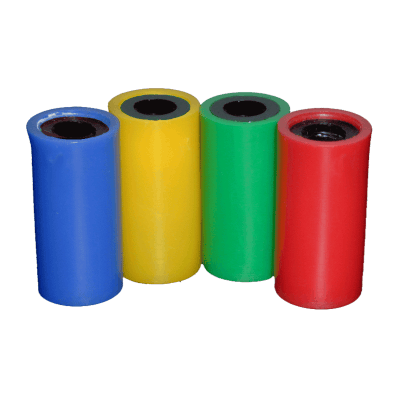Cigarette Beetle
Scientific Name: Lasioderma serricorne (also listed under Tobacco Insects)
Lasioderma serricorne, the cigarette beetle is a common warehouse pest in both tropical and temperate countries. The cigarette beetle is typically pan-tropical but can be found worldwide, especially wherever dried tobacco is stored in the form of leaves, cigars, cigarettes or chewing tobacco.
The larvae of the cigarette beetle can feed on dried tobacco either in the stored, bundled form or in cigars, cigarettes, and chewing tobacco. The pest also feeds on book bindings and leaves, causing irreparable damage to products and making it a common pest of museums and stately homes.
Lasioderma serricorne, the cigarette beetle, also causes damage to a variety of stored products including grain, cereal products, ginger, raisins, dates, pepper, dried fish, pharmaceuticals and seeds.
It is estimated that at least 1% of all warehouse tobacco commodity is infested and damaged by the Cigarette beetle, Lasioderma serricorne in the USA. This is equivalent to $300 million of stored tobacco stock per year, resulting in serious economic consequences for the manufacturer/distributor. XLure Pheromone traps are widely used to monitor and help manage this species.
Adult cigarette beetles are most commonly found in yellow to red-brown shades. The oval body of Lasioderma serricorne is approximately 1-2 mm long and is covered with small hairs. Adults of the cigarette beetle are strong fliers, mostly taking flight at night when they are attracted to light.
Adults of the cigarette beetle can survive for around 2–6 weeks in which time they mate and lay eggs. The female beetle lays egg on or near the food supply. Mature female lays up to 90-100 eggs loosely. Eggs of the cigarette beetle hatch after approximately 5-7 days. This beetle does not survive well in cold temperatures and adults will die after 6 days exposure at 4°C.
The larvae are creamy white except for the yellow head and brown mouthparts. Newly hatched larvae are very active and bore into the stored product, feeding as they grow. Larvae become fully grown with 40-42 days.
Pupation lasts between 1 and 4 weeks. The entire life cycle can be completed in 50-55 days, and there may be 3-6 generations a year in tropical climate and only one generation in temperate climate.
Showing all 15 results
-

XLure R.T.U. Combo4 Traps- 24
-

XLure R.T.U. Inspector -100
-

XLure R.T.U. 16 Week Pheromone Dispensers
-

XLure R.T.U. MST Beetle Floor Trap
-

XLure R.T.U. MST Beetle Trap Replacement Cartridges
-

Pro-Pest Pheronet R.T.U. Pheromone Traps
-

Pro-Pest R.T.U. Pantry Moths & Cigarette Beetle Traps
-

XLure R.T.U. Mini-Combo4 -25
-

Tobaguard Tobacco Insect Traps
-

Pro-Pest Safestore Kit- Cigarette Beetle
-

Pro-Pest Safestore Pheromone Lure- Cigarette Beetle
-

Pro-Pest Safestore Diamond Traps















